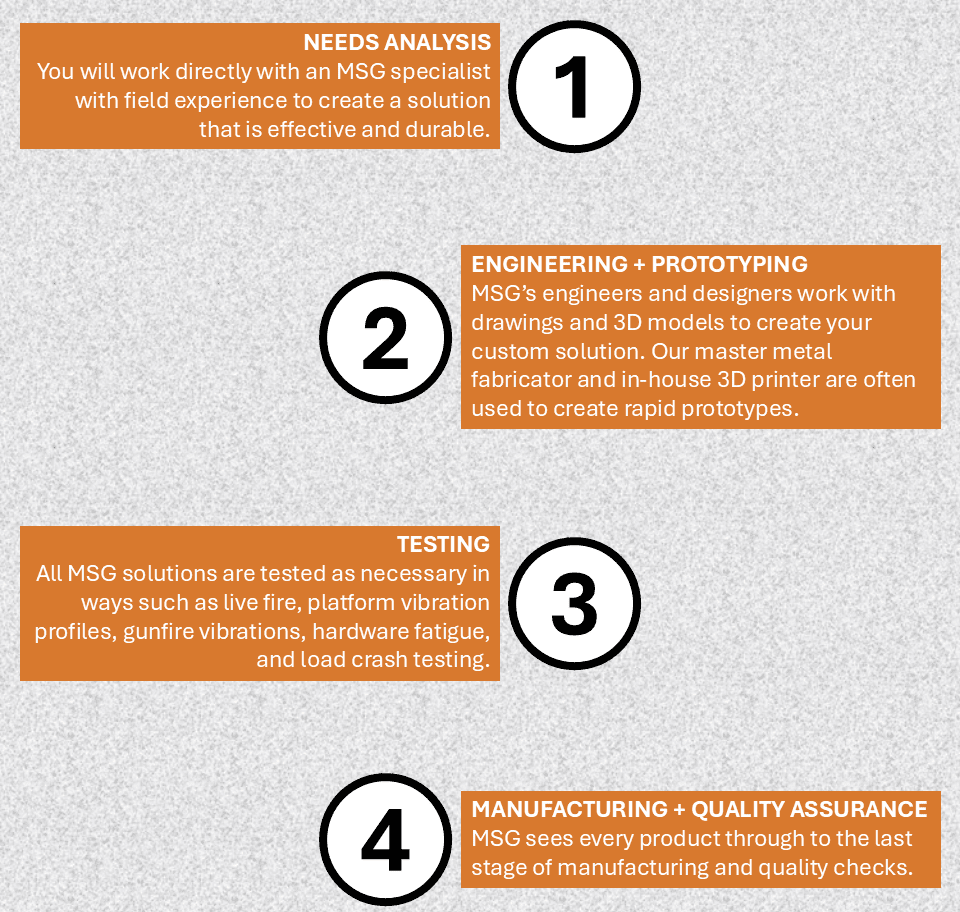We hold one thing paramount -The User. Functionality, Durability, Serviceability, Simplicity, and Human Factors are all essential design elements, but if a product doesn't serve the user's needs, little else matters.
Whether we receive an urgent request from theater or are planning to market a clean sheet design, the procedure is consistent. Our engineering team follows a strict design, analysis, prototyping, test and pilot run protocol to ensure that our products are delivered quickly and exceed customer requirements and expectations. We view our customers as our essential partners in product development and critical to our on-going commitment to deliver best-in-class, innovative solutions.
Video and web conferencing, universal CAD viewers, and conventional drawings are just of few of the tools we utilize to communicate with our clients during the design process.
-
- Design and Development
-
- 3D CAD exclusively used for all designsn
-
- Design specifically for part count, weight reduction, and the ease of assembly and field serviceability (DFMA)
-
- Analysis, Measurement and Optimization
-
- Linear and Non-linear Finite Element Analysis (FEA) - COSMOS and ANSYS
-
- Strain gauge test measuremen
-
- Weight reduction and strength-to-weight optimization. Our in-house team is constantly innovating to find ways to make our products lighter, faster, stronger, and more durable in the field.
-
- Prototyping
-
- Utilize latest in both conventional and rapid prototyping technologiesYS
-
- Deliver new designs to market faster
-
- Testing
-
- Products are tested by certified test facilities to meet or exceed appropriate MIL Standards for land, sea and air (i.e. - Composite Wheeled Vehicle Profile, MIL STD 810-G for vehicular-mounted)
-
- Testing through US arsenal facilities, as required (Picatinny & Crane)
-
- Pilot Production Runs
-
- Ensures products are mass-producible
-
- Guarantees smooth transition from prototype to full production

